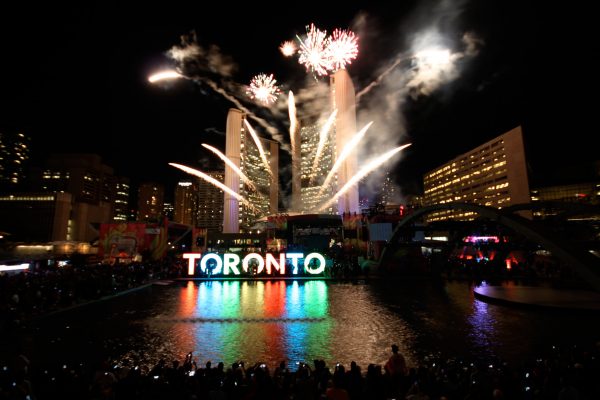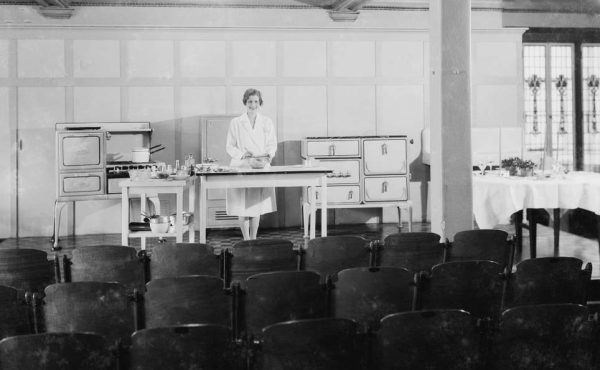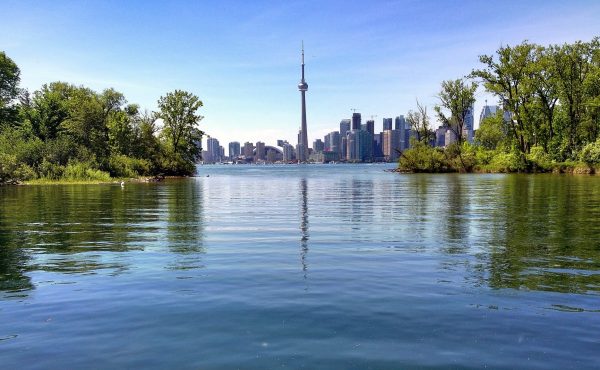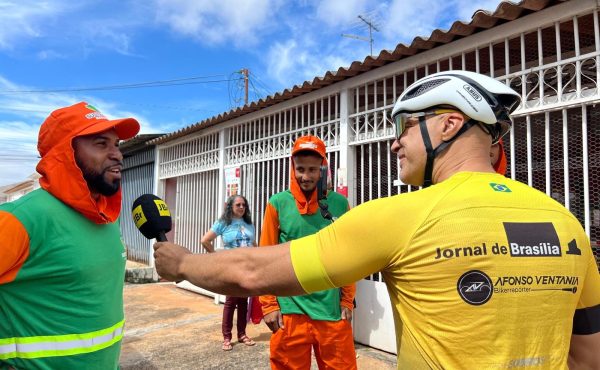Are you, dear reader, keeping it all straight?
Like a river that has overtopped its banks with a sudden spring melt, the mayoral by-election has rapidly turned into a kind of flood zone of wayward planks and platforms, accusations levelled across the field, but also at City Hall. And Queen’s Park. And Metrolinx. And the un-dead vampires of decisions, or non-decisions, past.
Mark Saunders is mysteriously pledging to reform the bail system, a policy domain over which the mayor has no control. Anthony Perruzza claims he’ll defy the laws of physics by building affordable housing without spending a cent. Olivia Chow has reached into that shapeless old grab-bag of municipal rhetoric with an earnest promise to compel the feds and the province to give Toronto its due.
Earlier this week, everyone and their cousin weighed in on the Beckettian drama that is the Scarborough rapid transit file. Mitzie Hunter is claiming she’s going to build yet another subway. Chow wants a dedicated busway that was sidelined a while ago. Saunders, meantime, is going to rip up bike lanes, perhaps to give parademics more to do. But wait, so is Anthony Furey.
Brad Bradford is striding purposefully up and down my newsfeed, promising outcomes he can’t actually deliver on, while Ana Bailao and Josh Matlow are popping up at pressers all over the city, hauling out helping after helping of municipal reform like so many servings of a multi-course meal with no dessert in sight. “Another day, another costed policy,” stated a recent Matlow press release that verged (unintentionally, I presume) on self-parody.
I understand that we’re in the territory-marking phase of the campaign, a kind of phony war when most voters — or so the conventional wisdom goes — aren’t yet paying attention. This period, which is typically a lot less concentrated, gives the candidates a chance to stake their policy turf before we head into what will likely be the even more frenetic debate phase, followed by that endearing last episode when we all get to hear warm stories about the candidates’ families and personal challenges, and the tribulations they’ve overcome just to get to this over-ripe moment…
The problem with the usual campaign choreography, of course, is that this election is little more than mayhem dressed up as an exercise in local democracy. Confusion prevails, and will almost surely become ever more oppressive as voters try to figure out who stands for what, who opposes what, which candidates advocate more or less the same thing, but can be differentiated by some clever triangulation or foregrounding of reputational baggage.
I am thinking ahead to the debates, for example, which have, in recent years, become ever more fraught when it comes to deciding who gets to be on the stage. According to the organizers of a forthcoming debate hosted by the United Way of Greater Toronto, TMU and the Toronto Star, the participants have to be polling north of 5%, which seems promising and objective, almost, except there are 65 candidates, including at least nine current or former elected officials, as well as Saunders and a handful of former mayoral candidates who actually did draw a substantial vote base in previous races (Chloe Brown, Sarah Climenhaga).
Even if the stage has eight candidates and tight rules, the result will be chaotic.
The inevitable who-stands-for-what charts that media organizations run late into the campaign will be equally difficult to decipher unless there’s a significant winnowing between now and mid-June, which seems unlikely because for almost all the candidates, the stakes are incredibly low. Only Hunter, a sitting Ontario MPP, has had to give up a job as an elected official (which she has yet to do). I’m not worried about Bailao’s post-election career prospects, given how easily she transitioned into the private sector last year. Bradford, Perruzza and Matlow are all holding on to their day jobs, and I’m confident Saunders’ pals in the premier’s office will make sure he’s back at Ontario Place or some other patronage gig by June 27.
My point here is not to sow cynicism, but rather to underscore — as I have before in this space — the profound structural failing of an electoral system in which the leadership of a $14 billion a year enterprise can be turned into a circus with not just three rings but multiple tents.
Once upon a time, it may have seemed quaint and progressively populist to allow the lowest of low barriers to entry for this job. But if you step back and look at the entire history of the amalgamated city, the trend line is from narrow fields to ridiculously large ones — fields that include — if I may be very specific — farce candidacies by figures like Perruzza and Giorgio Mammolitti, who have the equipment and the profile to get into voters faces, even if they have nothing to add and no chance of succeeding.
How will the dense fog of electoral confusion play out at the ballot box on June 26? Two ways: one, it will turn the mayoral race into even more of a high-school popularity contest than it already was; two, it could well make a winner out of someone with a tiny, highly localized plurality, and thus no real moral authority to get things done at council (without, of course, the authoritarian help of the Ford government’s veto, which will only be available to conservatives).
Is the middle of an election campaign featuring a cast of thousands the time to ask whether we’re running elections properly in this city?
I could argue it both ways, but the gut-check is always a reliable indicator: I’m paid to parse municipal politics, and I’ve been covering mayoral races for a long time. This one truly makes no sense to me, and so we need to ask ourselves, starting on June 27, why we’ve allowed local democracy in the largest city in a G-7 country to become a clown car.





